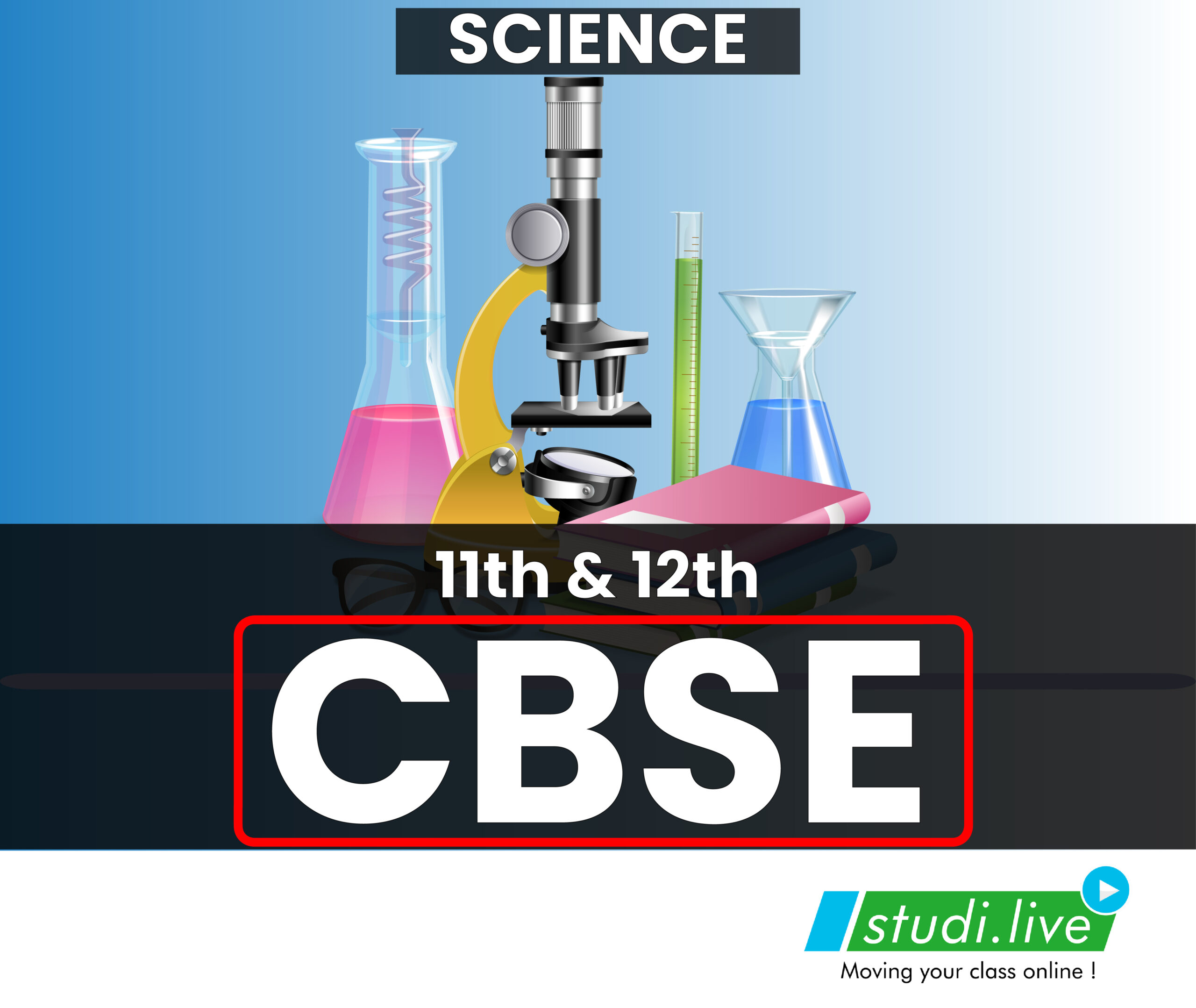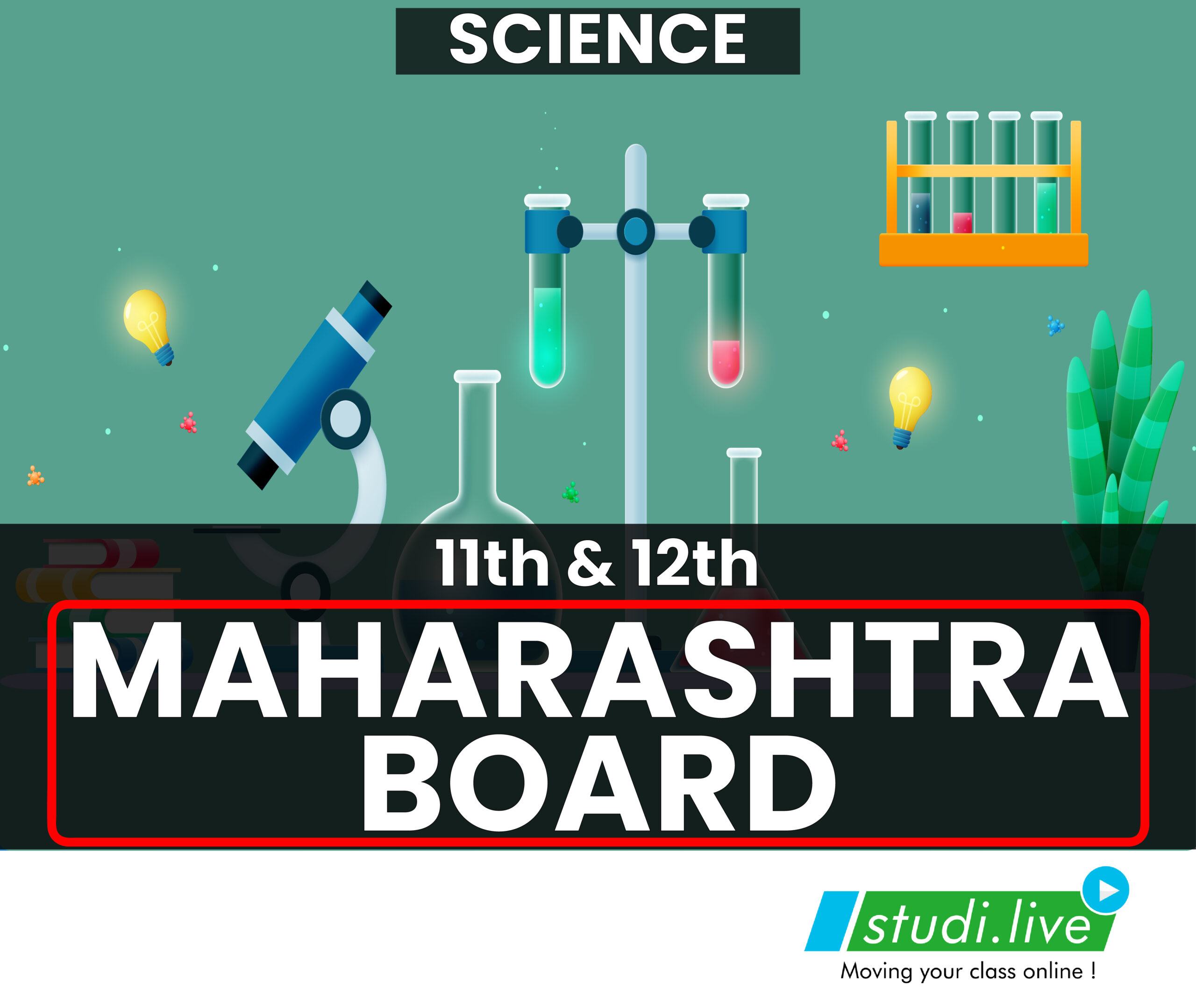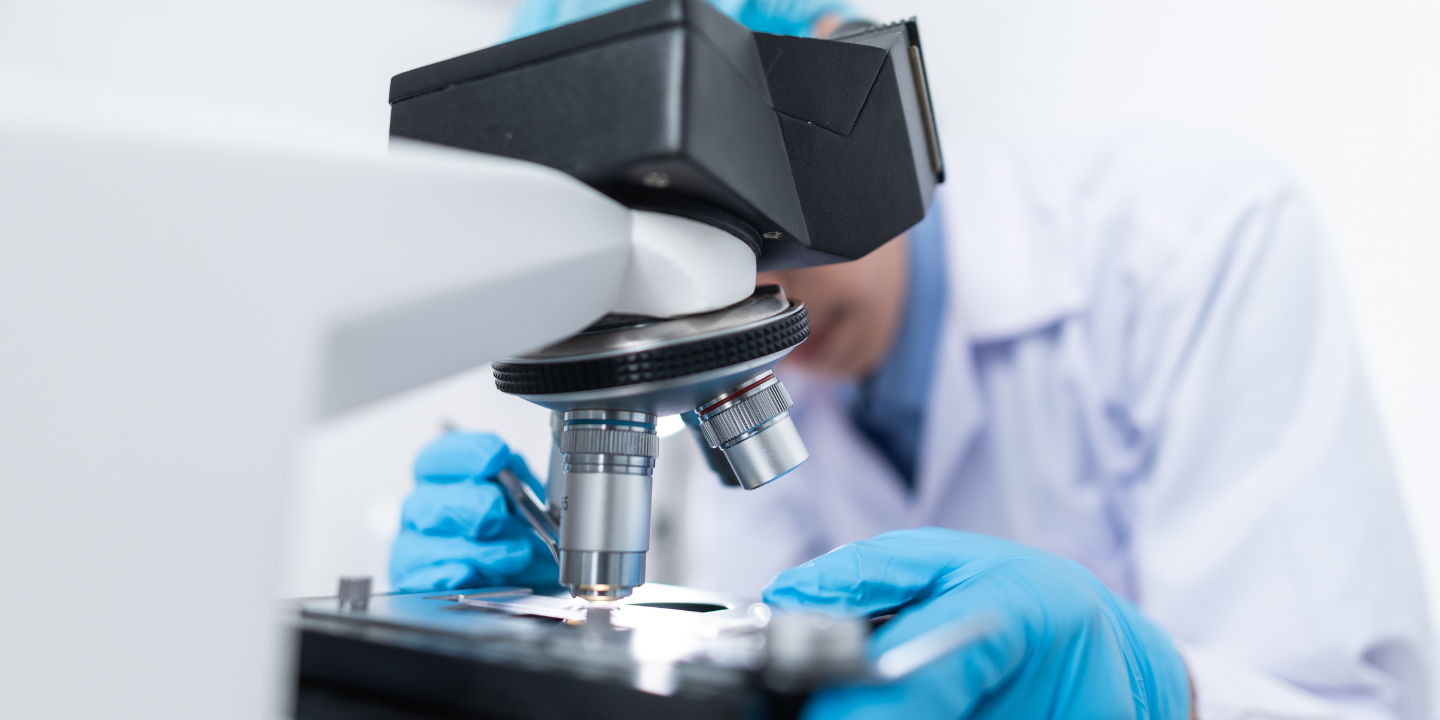This is a research work by one of the student of Studi live “Mr. Siddharth Maurya”
Many define biotechnology as the engineering of organisms for the development of human lives. Others define it as the blessing of science. Whereas some people oppose it altogether and find it threatening to humanity. However, in scientific terms, it is, “The utilization of biological processes, organisms, or systems to produce products that are anticipated to improve human lives is termed biotechnology” (Bhatia 1). Even though in today’s world the term biotechnology is popularly associated with various types of cloning such as gene, therapeutic, and reproductive, this was not the case 10,000 years ago. Biotechnology was introduced to humanity in the form of farming and the domestication of animals. During this time, the discovery of fermentation led to the development of wine and beer. It was the cultivation of rice, wheat, barley, and the use of controlled animals to produce milk and meat that ultimately led to the advancement of biotechnology that we see in the modern world(Bhatia 1).
A lot of people believe that biotechnology is a blessing that can help humanity by improving healthcare, eliminating famine, and potentially getting rid of many fatal diseases. These biotechnological processes can be a very useful tool for humanity. This paper talks about the three widely known types of biotechnologies. These include reproductive cloning, therapeutic cloning, and DNA/gene cloning. In a very brief description, reproductive cloning is the use of cloning to create complete organisms from a single cell, therapeutic cloning is the use of cloned embryos to derive stem cells from, and gene cloning is the isolation of DNA and making multiple copies of it.
As biotechnology modernized and provided with more developed processes, people started to fantasize about it. Hundreds of movies and books revolve around various types of biotechnology and amongst those, the most popularized concept is cloning. High-grossing movies such as Multiplicity, Never Let Me Go, The Island, and GATTACA are great examples of this. However, these movies are far from scientific reality. Currently, human cloning is simply not possible, and any attempts to do so come at an ethical cost. Even though biotechnology is fantasized by many, it is heavily scrutinized by some. There are ethical, religious, moral, and cultural barriers that often halt the progress of biotechnology. Many even consider it as an act against the wishes of god.
There are two ways in which reproductive cloning can be performed; cloning by embryo splitting, and somatic cell nuclear transfer (SCNT).SCNT is a process that involves two different cells, the first being the female gamete (egg cell) and the second, being a somatic cell (any cell in the body except gamete cells).It is the transfer of genetic material from the somatic cell into an egg from which the genetic material has been removed (enucleated egg).The resulting egg that contains the genetic material from a somatic cell is allowed to interact with a stimulant which starts the process of division of the cell. On day five or six, when the cell reaches the blastocyst stage or pre-implantation embryo, it is implanted into the uterus of a surrogate mother and allowed to develop in her womb until birth(National Academy Press). The resulting organism is genetically identical, or a clone, to the individual that donated the somatic cell.
SCNT was first proposed by Hans Spemann, in 1938. This theory helped him become the first embryologist to win the Nobel Prize.Although unaware, scientists named Robert Briggs and Thomas King, used a similar method to create the world’s first cloned frog. Soon after this, in the year 1997, came Dolly the sheep (Levine, 39). Dolly became the first mammal to be cloned using adult cells which marked a dividing line in the history of cloning research. This enabled scientists from all over the world to experiment and research more in this area of biotechnology.
Reproductive cloning has many applications. It can be used to clone farm animals such as cows, hens, goats, etc. Cloning the cows that produce large quantities of milk or have high-quality meat can be economically beneficial for farmers. This can potentially help fight famines and end world hunger. Reproductive cloning can also be used to repopulate the endangered species and even bring back animals that have gone extinct but have their DNA preserved. One of the examples of this is the effort put into cloning the Woolly Mammoth (Ryall).Finally, it can potentially be used to clone humans which can allow infertile couples who wish to have a child that is genetically identical to them. It can also help parents who have lost their child and wish to have another, genetically identical child (National Academy Press).
Even after looking at all the applications and pros of reproductive cloning, the general public often views it negatively and the ethicists raise arguments against it based on consequence and principle. These consequentiality also talk about high rates of miscarriages, still-births, early deaths, genetic abnormalities, and chronic diseases among cloned animals. Their most compelling argument is that reproductive cloning results in the real suffering of the animals being cloned. Many cloned animals, as seen in the case of Dolly, do not survive for long and die at an earlier age than their natural-born counterparts. They also talk about the number of embryos that fail to produce living offspring. The ethicists fight reproductive cloning on principle-based arguments stating that cloning science violates moral prohibition or duty. It is seen as an act of “playing God” by creating life in an unconventional way (Fiester 337).
However, I do not agree with these arguments. I believe that it is the fear of the potential unknown that persuades people to reject the idea of cloning. I see cloning as a way to not only embrace a new life but also as a way to improve the current living situation of people. With the current rate of population growth, we will soon run out of resources to provide for the human race. However, reproductive cloning of animals can help us end world hunger and its application in pharmaceuticals can greatly improve healthcare worldwide. Also, the rebuttal arguments to those who oppose cloning are very clear. When people argue based on animal cruelty or the sufferings of cloned animals, similar practices exist in research, companion animal breeding, and agriculture. Also, looking at the argument in a purely consequential way, the net good of cloning science must be weighed against the pain of animals (Fiester 330). By the defined arguments against animal cloning, hunting, eating, animal farms, and any other experimentation on animals are cruel. Without experimenting on animals our healthcare and pharmaceutical system would have collapsed ages ago. This means that there would be no medicine available against even the most common disease and the death rates would increase at an alarming rate. Animal products account for an incredibly large source of food. Should we stop consuming animal products? What would the alternative to animal food sources be?
Another type of biotechnology is therapeutic cloning. It is the use of an adult human cell as the donor cell for cloning with SCNT and the resulting cloned human embryo is allowed to develop till the blast cyst stage. At this point, the human embryonic stem cells are isolated. These cells can develop into many other types of human cells and this unique ability gives them significant therapeutic potential (Levine, 90).However, this is still in theory and more research needs to be done on this topic. To better understand and differentiate the process of reproductive and therapeutic cloning, they can be seen as the same process except in therapeutic cloning, the embryonic stem cells are isolated at the blast cyst stage and the embryo is destroyed in the process. Since these isolated embryonic stem cells develop and grow outside of the body, they are called a “human embryonic stem cell line.”
There are many uses for therapeutic cloning. It can help in reducing the rate of immune rejection. Immune rejection is a very serious problem in transplant therapies. These rejections occur when the body’s immune system recognizes transplanted material as foreign and attacks it. This attack can be rapid and strong – acute rejection – or it can be milder and persist for longer – chronic rejection. Both of these can lead to the destruction of the transplant. However, the use of cloned embryonic stem cell lines can help avert immune rejection. Since these stem cells are cloned and share an identical genetic makeup with the patient, the patient’s immune system does not recognize the transplant as foreign. This results in a successful transplant (Levine, 90).
Scientists also believe that therapeutic cloning can be helpful to treat patients suffering from genetic defects. According to them, therapeutic cloning can enable the treatment of ailments where a single cell type is affected. These include type 1 diabetes and Parkinson’s disease out of many others (Levine, 101).
However, much like any other biotechnology, therapeutic cloning is quite often viewed negatively by many ethicists. Most of the arguments revolve around the idea that in the process of therapeutic cloning a potential human is destroyed. They raise the topic of the morality of destroying an embryo if given a suitable environment that could develop to be a fully formed human. Whereas, the culturalists view therapeutic cloning as killing a human being because many cultural beliefs dictate that human life is formed immediately after fertilization (Levine, 131).Even though these arguments may sound fair to some people, I strongly disagree with them. There are different views on when an embryo becomes a human with life. Many scientists and I believe that human life is formed between weeks 20 and 24 when the development of the brain occurs. I also do not believe that the embryo or a human is “killed” at the blastocyst stage and that therapeutic cloning should be supported for its benefits to society.
The third type of biotechnology is DNA cloning. It refers to the isolation of a DNA sequence from any species and its insertion into a vector for propagation, without the alteration of the original DNA sequence. The basic cloning workflow involves four steps which include
- isolation of target DNA fragments (a.k.a. inserts)
- litigation of inserts into an appropriate cloning vector, creating recombinant molecules (e.g., plasmids)
- transformation of recombinant molecules into bacteria or other suitable hosts for propagation
- Screening/selection of hosts containing the intended recombinant plasmid (Tirabassi).
There are many uses for DNA cloning. These include, but are not limited to, agriculture, medical treatment, medical products, and commercial use. One of the most known and controversial uses of DNA cloning is seen in the agricultural sector, GMO products. GMO stands for Genetically Modified Organisms; these can be plants, animals, or microorganisms. GMOs are made by removing or adding a piece of DNA sequence to an organism. This sequence, however, comes from another organism from the same species. This enables GMOs to have various, often favorable, characteristics. GMOs are useful to humanity for many reasons, including the fact that biotech crops reduce annual CO2 emission by 28,000 kgs which is equivalent to removing 12.4 million cars from the streets. GMO crops also have a higher yield rate and thus require less land. They are also drought-resistant, insect-resistant, and herbicide-resistant, which is beneficial to the farmers (Pamment PP7).
DNA cloning can also be used to produce transgenic organisms. To create transgenic organisms, scientists insert various DNA sequences derived from a different species into the host species. There are multiple uses for transgenic animals. It can help reduce the use of growth hormones because similar results can be achieved through this method. Transgenic cloning can also be used for the generation of animal organs that are suitable for human implants. It can also be used for therapeutic purposes such as producing medicines that are valuable to humans. Transgenic animals can also be used in the pharmaceutical industry. A great example is the use of this technique to create genetically modified sheep or cows that produce therapeutic compounds, like insulin and growth hormones, in their milk. This technique is also known as “pharming” (Levine 8).
Much like any other type of cloning, gene cloning is also opposed by many people. The use of GMO food is most scrutinized by the public and media. Their main argument is that GMO foods are unhealthy for the human body. Some even call it poison. However, those who oppose do raise a good point which is the link between GM crops and the use of what is called “glyphosate” which is harmful to the environment and humans. Glyphosate is a widely used herbicide that has been characterized by WHO as a “probable human carcinogenic” (The Health line Editorial Team). Large agribusinesses do not care about this because they are more focused on the commercial aspect of agriculture. Whereas others argue that modifying the crops is an action taken against the course of nature.
However, I believe that these arguments are not strong enough when compared to the pros of GM crops. First and foremost, any accusation implying that GM crops are unsafe is not backed by research. It has been proven by the National Academics of Sciences and a majority of the scientific community that GM crops are perfectly safe for consumption. GM crops can even be healthier. A perfect example of this is “Golden rice”. It is a Vitamin-A enriched staple food developed to fight malnourishment in developing countries and countries struggling with famines. These GM crops are also modified to be insect resistant that reduces the need for pesticide altogether and are healthier for consumption and the environment (The Health line Editorial Team). Finally, plants have always been modified in the past through the process of interbreeding. This is done to increase the quality of plants. Then why is a similar modification that takes a faster approach opposed so heavily? We need to look at the use of gene cloning from a scientific point of view. People need to be educated based on the facts backed by research to change their minds.
All the arguments work towards proving the fact that biotechnology is a blessing. It is a field of science that has been around for about 10,000 years and has evolved into what we see today. Many view biotechnologies and their advances negatively, but it has been a subject of interest in the media for a long time. However, many misconceptions surround the topic. Many view biotechnologies such as cloning as a “bad” thing. In reality, without these technologies, humanity would have never progressed. Had we not discovered farming, finding a good source of food would have been virtually impossible. So why is it so heavily scrutinized? Why do people believe that GM products are harmful even though there is no scientific data to prove that?







